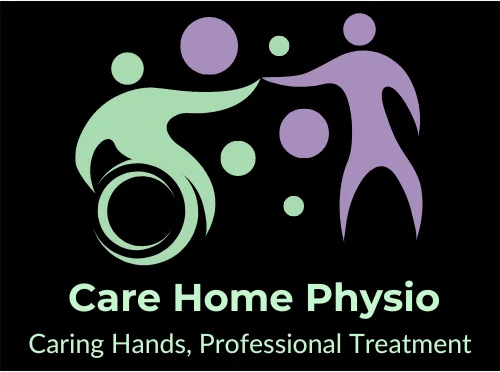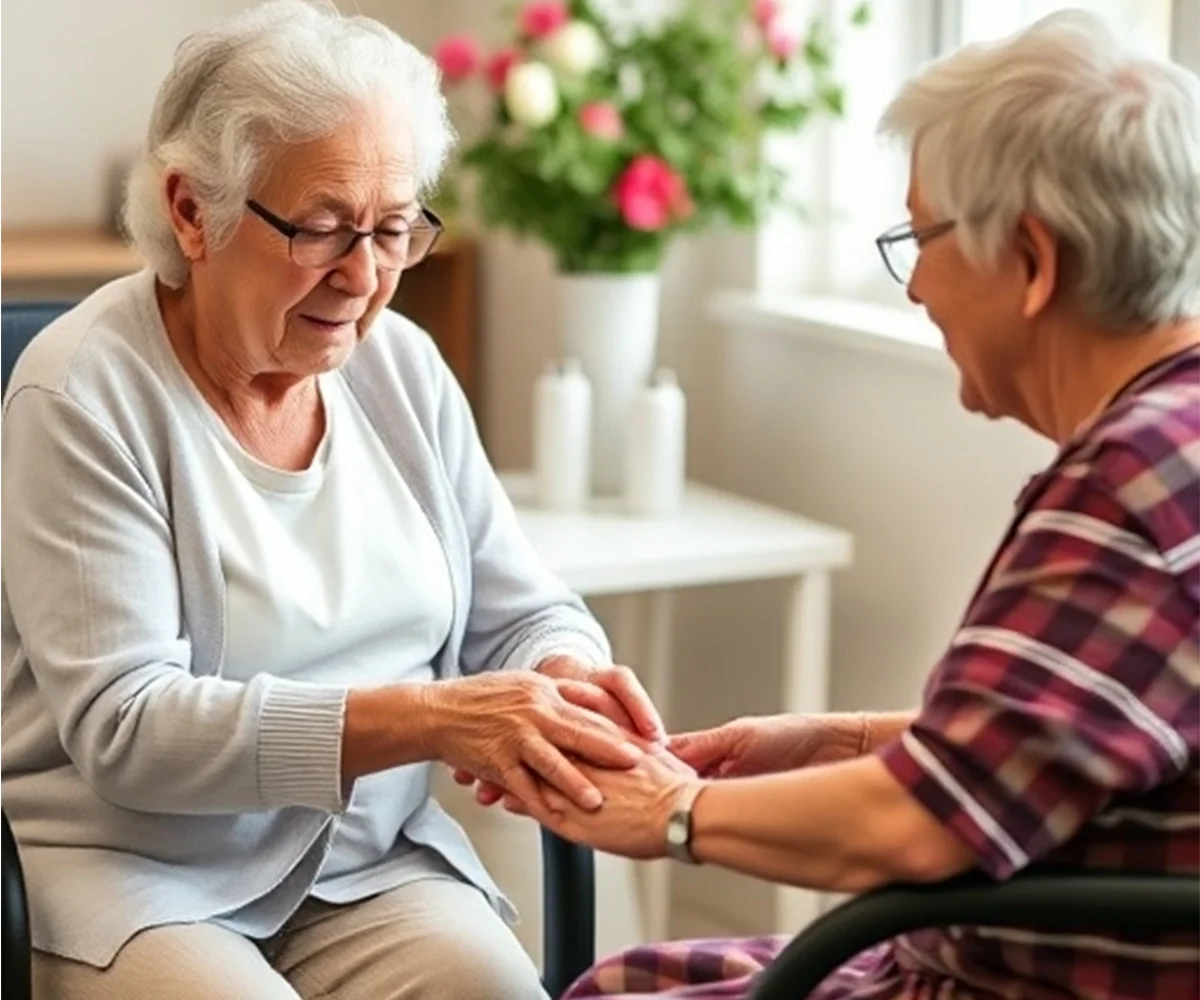As the global population ages, the demand for comprehensive elderly care and rehabilitation services has grown significantly. Elderly care encompasses a range of services tailored to meet the physical, emotional, and social needs of older adults, while rehabilitation focuses on restoring functionality and independence after illness, injury, or age-related decline. Together, they form the cornerstone of a dignified and fulfilling life for seniors.
This article explores the significance of elderly care and rehabilitation, the challenges faced by the aging population, and effective solutions for improving quality of life.
Understanding Elderly Care
Elderly care, also known as senior care, involves providing assistance to older adults in managing their daily activities and overall well-being. It can range from basic support in personal tasks to specialized medical care for chronic conditions. The primary goal is to enhance their quality of life and ensure a safe, respectful, and nurturing environment.
Why is Elderly Care Important?
The aging process often brings physical, cognitive, and emotional changes that can make everyday tasks challenging. Key reasons why elderly care is vital include:
- Physical Decline: Aging may lead to reduced mobility, strength, and energy levels.
- Chronic Illnesses: Conditions like diabetes, arthritis, heart disease, and dementia require consistent management.
- Social Isolation: Many seniors experience loneliness, which can impact mental health.
- Safety Concerns: Risk of falls and accidents increases as mobility decreases.
- Emotional Well-Being: Aging individuals often face depression, anxiety, or grief due to life changes.
What is Rehabilitation for the Elderly?
Rehabilitation for the elderly focuses on helping seniors recover from health setbacks, regain lost functions, and adapt to age-related changes. It emphasizes restoring independence and improving their ability to participate in daily life.
Who Can Benefit from Elderly Rehabilitation?
Rehabilitation is particularly beneficial for seniors dealing with:
- Post-Surgery Recovery: After hip replacements, knee surgeries, or cardiac procedures.
- Neurological Conditions: Stroke, Parkinson’s disease, or Alzheimer’s disease.
- Injuries and Fractures: Recovery after falls or accidents.
- Chronic Conditions: Osteoarthritis, osteoporosis, or COPD (Chronic Obstructive Pulmonary Disease).
- Debilitation from Illness: Prolonged hospitalization or illnesses like pneumonia.
Types of Elderly Care Services
Elderly care services can be broadly categorized into the following:
1. In-Home Care
- Assistance with personal hygiene, meal preparation, and medication management.
- Ensures seniors can age in the comfort of their homes.
2. Assisted Living
- Residential facilities that provide support with daily activities and social engagement.
- Ideal for seniors who need moderate assistance but wish to maintain independence.
3. Nursing Homes
- Provide 24/7 medical care for those with serious health conditions or disabilities.
- Often staffed with trained healthcare professionals.
4. Palliative and Hospice Care
- Focused on comfort and quality of life for terminally ill seniors.
- Provides pain relief, emotional support, and end-of-life care.
Key Components of Elderly Rehabilitation
Rehabilitation for seniors integrates a variety of therapies tailored to individual needs:
1. Physical Therapy
- Aims to restore mobility, balance, and strength.
- Techniques include gait training, exercises for flexibility, and fall prevention strategies.
2. Occupational Therapy
- Helps seniors regain the ability to perform daily tasks like dressing, cooking, or using assistive devices.
- Focuses on adapting homes and environments for safety.
3. Speech Therapy
- Addresses communication challenges and swallowing difficulties caused by neurological or age-related conditions.
4. Cognitive Rehabilitation
- Designed for individuals with memory loss, dementia, or attention issues.
- Involves activities to enhance problem-solving and cognitive function.
5. Nutritional Support
- Tailored meal plans to meet dietary needs and prevent malnutrition.
- Focus on foods that promote bone health, energy, and overall vitality.
Challenges in Elderly Care and Rehabilitation
Caring for seniors presents unique challenges, including:
1. Physical Limitations
- Chronic pain, joint stiffness, and reduced mobility can hinder rehabilitation progress.
2. Emotional Struggles
- Many elderly individuals face depression, anxiety, or feelings of isolation, affecting their motivation to engage in therapy.
3. Financial Constraints
- The cost of long-term care, medical equipment, and therapies can be burdensome for families.
4. Caregiver Fatigue
- Family members and professional caregivers may experience burnout from providing continuous support.
5. Lack of Access
- In remote areas, seniors often lack access to quality rehabilitation services and facilities.
Solutions to Enhance Elderly Care and Rehabilitation
Addressing these challenges requires a proactive and compassionate approach:
1. Comprehensive Assessment
- Conduct detailed evaluations of physical, cognitive, and emotional needs to design personalized care plans.
2. Holistic Approach
- Integrate physical, emotional, and social support to promote overall well-being.
3. Technology Integration
- Use telemedicine, wearable health devices, and virtual reality for therapy sessions and monitoring.
4. Community Engagement
- Encourage participation in senior clubs, exercise groups, or volunteer activities to combat loneliness and enhance mental health.
5. Training for Caregivers
- Equip caregivers with skills and resources to provide effective support while maintaining their own health and well-being.
Emerging Trends in Elderly Care
The field of elderly care and rehabilitation is evolving, with innovative practices emerging to meet the growing needs of seniors:
1. Smart Home Adaptations
- Use of motion sensors, voice-activated devices, and emergency alert systems for safety and convenience.
2. Robotics in Care
- Robotic companions and assistive robots are being developed to aid with physical tasks and provide companionship.
3. Personalized Medicine
- Advances in genomics and biotechnology are paving the way for treatments tailored to an individual’s unique health profile.
4. Focus on Preventive Care
- Programs emphasizing exercise, nutrition, and mental health to delay or prevent the onset of age-related conditions.
The Role of Family in Elderly Care
Family members play a crucial role in ensuring the well-being of their elderly loved ones. Here’s how they can contribute:
- Emotional Support: Regular interaction and companionship boost seniors’ morale.
- Advocacy: Act as advocates to ensure they receive the best medical care and therapies.
- Participation in Therapy: Join therapy sessions to motivate and understand the recovery process.
- Creating a Safe Environment: Adapt the home with ramps, grab bars, and other modifications to prevent accidents.
Conclusion
Elderly care and rehabilitation are integral to helping seniors navigate the complexities of aging with dignity and grace. By addressing their physical, emotional, and social needs through comprehensive care plans and innovative therapies, we can empower older adults to lead fulfilling lives.
Whether through professional caregivers, family support, or community resources, the journey of elderly care is a collective responsibility. Together, we can ensure that aging is not just about adding years to life but also about adding life to years.


